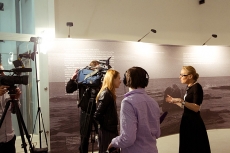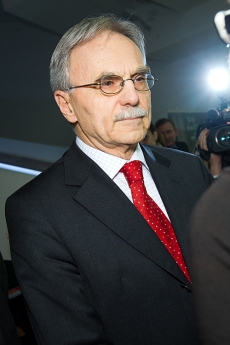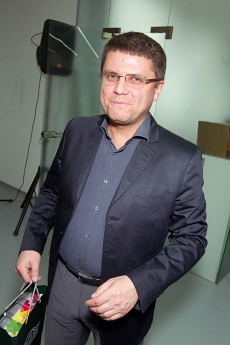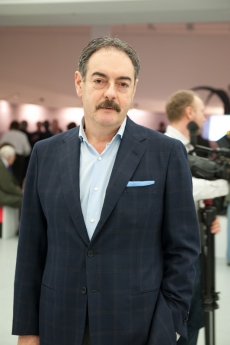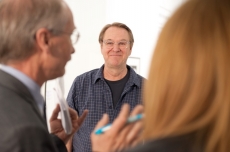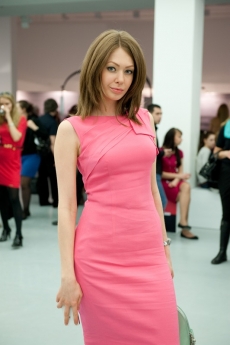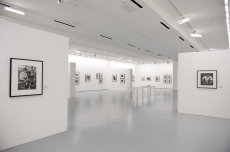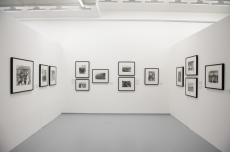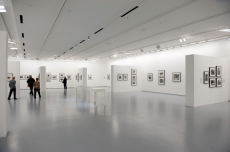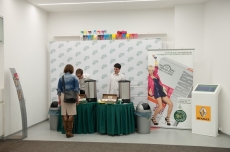Continuation. 1928—1931
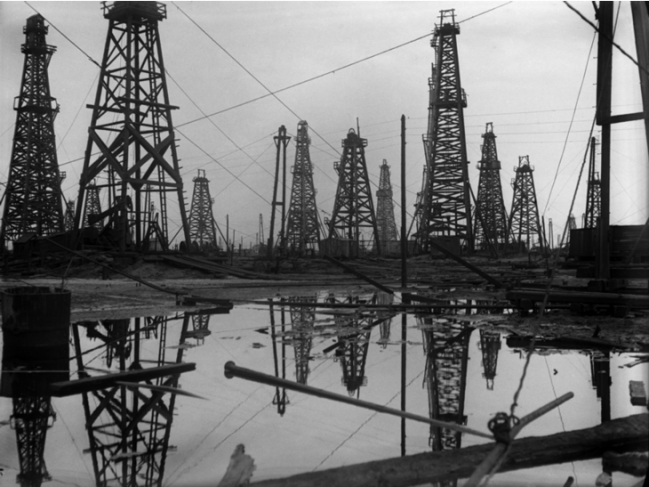
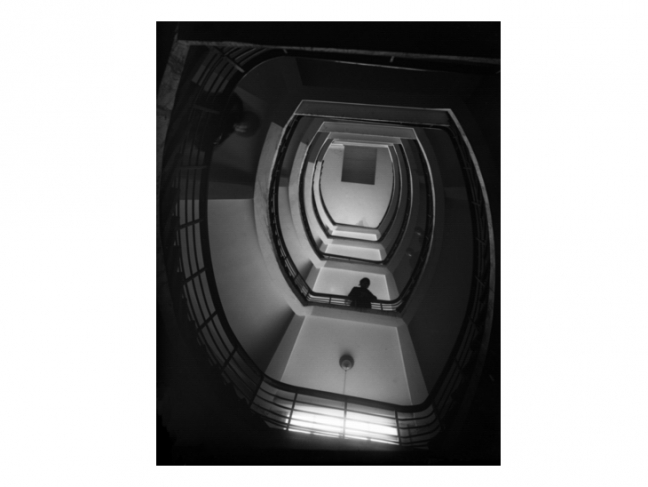
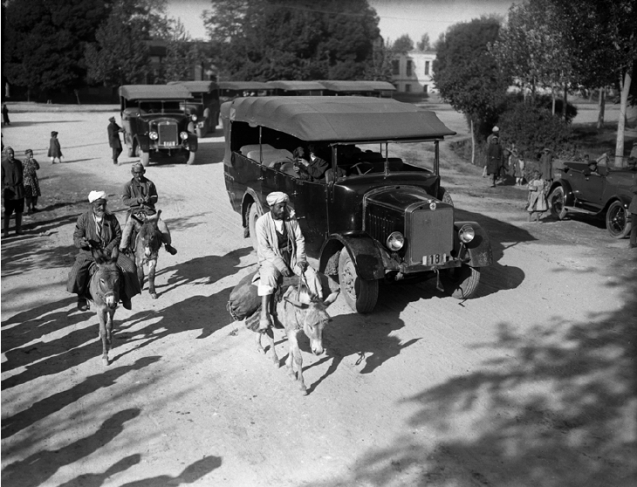
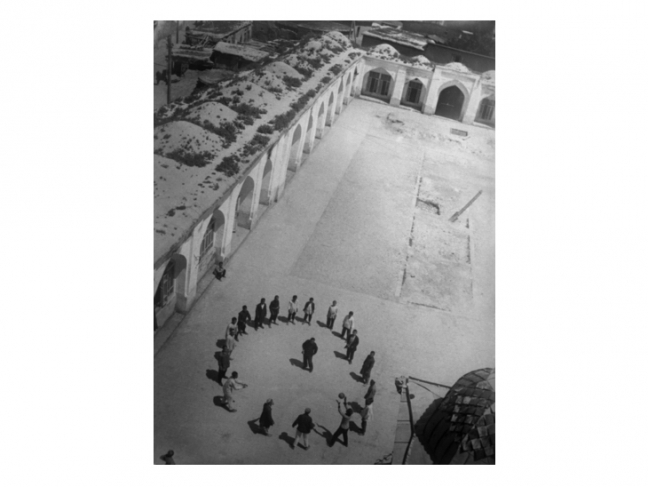
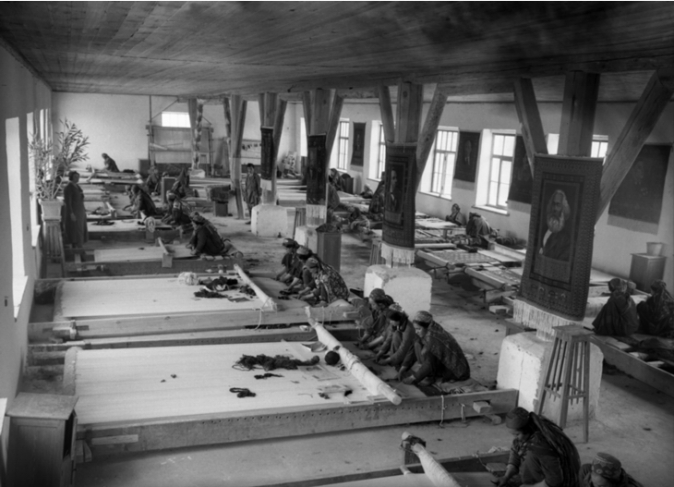
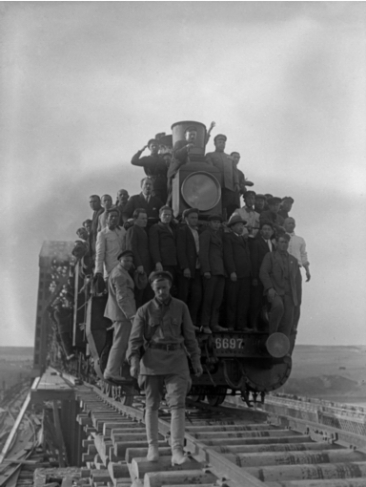
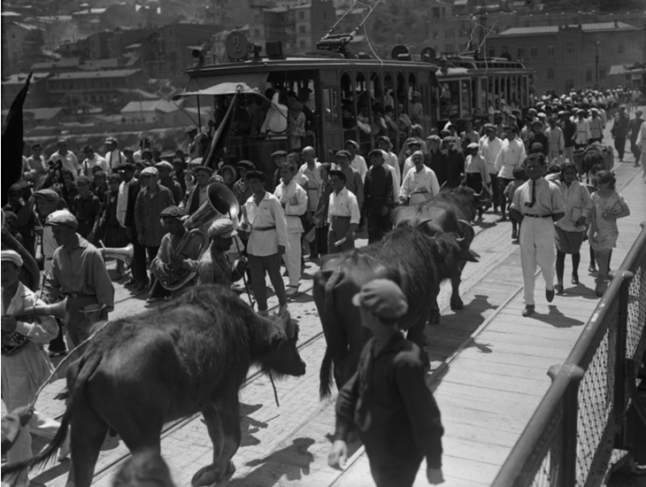
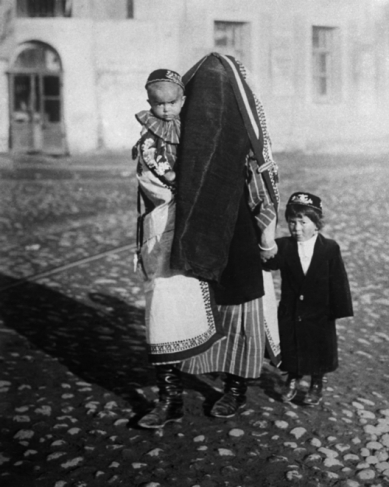

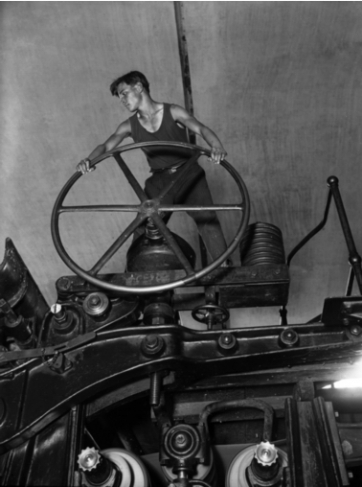
Arkady Shaikhet. Oil-derricks in water. Baku, 1929. Gelatin silver print. Collection of Moscow House of Photography Museum
Arkady Shaikhet. New houses on Usachevka street. Stairs from below. Moscow, 1928. Gelatin silver print. Collection of Moscow House of Photography Museum
Arkady Shaikhet. Car race. Car and donkey. 1929. Gelatin silver print. Collection of Moscow House of Photography Museum
Arkady Shaikhet. Volleyball in the mosque yard. Uzbekistan, 1930. Gelatin silver print. Collection of Moscow House of Photography Museum
Arkady Shaikhet. Handmade rug weaving on the ‘Bolshevik’ collective farm. Turkmenia, 1930. Gelatin silver print. Collection of Moscow House of Photography Museum
Arkady Shaikhet. Turk-Sib. Train crosses the first joint. Workers singing ‘The Internationale’. April 28, 1930. Gelatin silver print. Collection of Moscow House of Photography Museum
Arkady Shaikhet. Demonstration in Tiflis. May 1, 1928. Gelatin silver print. Collection of Moscow House of Photography Museum
Arkady Shaikhet. All in the past. Uzbek woman wearing paranja with children. 1928. Gelatin silver print. Collection of Moscow House of Photography Museum
Arkady Shaikhet. ‘Krasny Proletary’ plant. In the lunch break workers make the round of factory with a banner, campaigning for the first five-year plan. Moscow, 1930. Gelatin silver print. Collection of Moscow House of Photography Museum
Arkady Shaikhet. Komsomol Member at the Controls. 1929. Gelatin silver print. Collection of Moscow House of Photography Museum
Moscow, 18.04.2012—23.05.2012
exhibition is over
Share with friends
Presented by the Museum “Moscow House of Photography”
Куратор:Maria Zhotikova-Shaikhet
For the press
The years from 1928 to 1931 marked a dramatic and eventful period in the biography of Soviet photographer Arkady Shaikhet (1898–1959). This was the time of the ‘Great Turning Point’: forced industrialisation and collectivisation, curtailment of the New Economic Policy (NEP), centralisation of the economy, achievement of the first five-year plan to promote agricultural development, and also Stalinist repressions and fabricated trials.
After being arrested by the OGPU as the result of a false denunciation, Shaikhet was released from Butyrka Prison in December 1927. In January 1928 he was already publishing his photographs in Ogonyok magazine, now headed by Mikhail Koltsov, and also preparing fifty multi-genre images for the ‘Ten Years of Soviet Photography’ anniversary exhibition in Moscow, organised by the State Academy of Arts and the Russian Photography Society. Out of 6000 works by the 107 participating photographers the exhibition jury awarded Shaikhet’s images a First Class Diploma.
In the late 1920s and early 30s Shaikhet photographed ‘Tax Inspector Visits the NEPwoman’ and ‘NEPman Visits the Tax Inspector’, also ‘Dispossessed Kulaks outside their House’ in Ukraine. He took shots of the Stalingrad Tractor Plant, the Leningrad Red Putilovite Plant, the Moscow Automobile Plant (AMO), the Balakhninsky Paper Combine (‘Komsomol Member at the Controls’) and the Nizhegorodsky V.M. Molotov Automobile Plant, etc. Shaikhet also photographed the Turksib coupling in Kazakhstan, construction of the Karakum Canal in Turkmenia and building work on the Magnitogorsk Metallurgy Combine, as well as the opening of Gorky Park and the Red Arrow route at Moscow’s Leningrad Station. He photographed such figures as Maxim Gorky, Vyacheslav Molotov, Ivan Likhachev and Sergei Kirov. The Ogonyok editorial staff so admired Shaikhet’s photo-collage entitled ‘Gorky’s Address to Worker-Peasant Correspondents’, shot during Gorky’s speech at the Moscow Kukhmisterov Club on ‘How I Became a Writer’, that they commissioned artist Isaak Brodsky to paint a picture on the theme and a reproduction was published in issue No. 15 of the magazine in 1929.
During numerous assignments in Central Asia Shaikhet recorded both traditional oriental ways of life (‘All in the Past’, ‘Uzbek Girl in Paranja with Children’, ‘Mullah and Aksakal’, ‘Uzbek in an Arba Cart’, ‘Smoking a Hookah’) and Soviet innovations (‘Volleyball in a Mosque Courtyard’, ‘Pamir Road. Rolling’, ‘Uzbek under a New Sun. Clinic’, ‘Automobile and Donkey’).
The Ogonyok editors sent Shaikhet to report on numerous trials of a political nature (‘Shakhty Trial’, 1928, ‘Industrial Party Trial’, 1929 and ‘Trial of the Menshevik Internationalists’, 1931) — all of which took place in the Pillar Hall at the Palace of the Unions, Moscow.
In the summer of 1931 the Society of Friends of the USSR in Austria began organising an exhibition of photographs and diagrams on building socialism in the USSR. The exhibition opened in Vienna and the photographic display was prepared by the Union of Photographers. A separate section featured the photo series ‘Day of a Moscow Worker’s Family’, which became an ideal example of Soviet photo reportage. Work on this series was headed by Leonid Mezhericher, editor of ‘Soviet Photo’, who invited Arkady Shaikhet to take shots of ‘how the family of Filippov, a worker at the Red Proletariat Factory, live, work, study and relax’. Due to the large volume of work and imminent deadline Max Alpert and Solomon Tules were asked to participate, and the photographers documented events at various places and times using the ‘brigade workers’ method’, before composing a joint commentary to link the shots in sequence (nursery-kindergarten, club, factory-kitchen, park of culture, newspaper during breaks, training course, hobby circle, new house, shop for rationed goods, buying a new suit, family tea drinking round the samovar, tram journey to work, etc.).
In the same year, 1931, a number of photojournalists (S. Fridlyand, M. Alpert and others) organised the Russian Association of Proletarian Photographers or ROPF, and Arkady Shaikhet actively participated in their work. A fierce debate was conducted in ‘Proletarian Photo’ magazine between ROPF and the ‘October’ group (A. Rodchenko, B. Ignatovich, Ye. Langman, B. Kudoyarov, etc.), who represented the leftist tendency in photography. The All-Union Communist Party (Bolshevik) Central Committee decree of 1932 ‘On the Perestroika of Literary and Artistic Organisations’ put an end to this dispute and led to the groups themselves being disbanded. Shaikhet himself later recalled: ‘While opposing the methods of the October group, who paid tribute to the formalism so fashionable at that time, I still found much that was interesting and useful in their work’.
The second part of the Arkady Shaikhet retrospective prepared by the Moscow House of Photography Museum represents what could be called the period ‘prior to fame’ in the work and creativity of a photographer and artist able to live through, reflect and interpret in plastic form the events, controversies and achievements of his epoch.
Maria Zhotikova-Shaikhet


